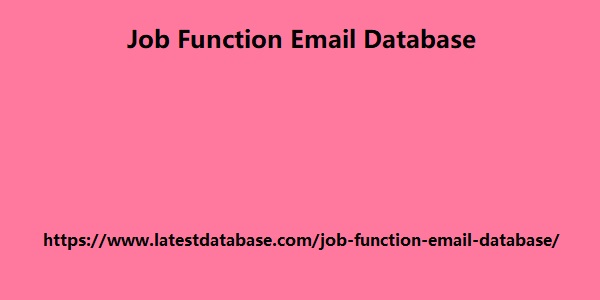Post by account_disabled on Feb 20, 2024 3:22:29 GMT -5
Since the first interest rate increase in March 2022, discussions about the US economy have focused on two issues. First, can the Federal Reserve achieve the much-vaunted soft landing? Second, if we face a recession, will it be deep and long-lasting or shallow and transitory? It's time to change the soft landing metaphor for a new term: economic acceleration. It's true that our economy faces undeniable near-term headwinds, from an unstable commercial real estate sector to rising gasoline prices. But there are reasons to believe that the U.S. economy is poised to deliver strong, lasting growth over the long term. Based on regular conversations I have with business leaders across sectors, I believe most economic forecasts have not taken into account innovations in our economy that could add to 0.50 percentage points to domestic product growth. gross in the long term.
Among the many reasons to be optimistic, six factors in particular are driving this change. First, despite some lingering pessimism in the market, companies are performing well. The challenges of the Job Function Email Database pandemic built resilience and CEOs have become adept at managing inflation, adopting technology to improve productivity and allocating capital to achieve long-term goals. In June, the CEO Confidence Index hit its highest level in more than a year. The second factor driving potential economic acceleration: workforce dynamics that benefit both companies and workers. In the post-pandemic era, workers have become more empowered, with a tight labor market resulting in higher wages and more employment opportunities. At the same time, companies are emphasizing workforce continuity and placing greater importance on a stable and skilled workforce.

Information technology has also helped companies polish their profit margins and manage volatility, which, in turn, has helped reduce cost pressures. Today, companies like Walmart and Target can change inventory selection based on real-time demand. Purchase orders that previously took days or weeks can now take just minutes. As a result, companies can better manage their expenses, inventories and risks. All of this benefits workers because it reduces the need for drastic workforce reductions. The fourth factor is the sustained strength of consumer spending. Since 2019, market forces and smart policy decisions have supported and empowered consumers. Government aid during the pandemic era helped bolster Americans' economic health. Real wages grew between nd with the strongest growth occurring at the bottom of the wage distribution. That wage growth has remained steady and eclipsed the inflation rate.
Among the many reasons to be optimistic, six factors in particular are driving this change. First, despite some lingering pessimism in the market, companies are performing well. The challenges of the Job Function Email Database pandemic built resilience and CEOs have become adept at managing inflation, adopting technology to improve productivity and allocating capital to achieve long-term goals. In June, the CEO Confidence Index hit its highest level in more than a year. The second factor driving potential economic acceleration: workforce dynamics that benefit both companies and workers. In the post-pandemic era, workers have become more empowered, with a tight labor market resulting in higher wages and more employment opportunities. At the same time, companies are emphasizing workforce continuity and placing greater importance on a stable and skilled workforce.

Information technology has also helped companies polish their profit margins and manage volatility, which, in turn, has helped reduce cost pressures. Today, companies like Walmart and Target can change inventory selection based on real-time demand. Purchase orders that previously took days or weeks can now take just minutes. As a result, companies can better manage their expenses, inventories and risks. All of this benefits workers because it reduces the need for drastic workforce reductions. The fourth factor is the sustained strength of consumer spending. Since 2019, market forces and smart policy decisions have supported and empowered consumers. Government aid during the pandemic era helped bolster Americans' economic health. Real wages grew between nd with the strongest growth occurring at the bottom of the wage distribution. That wage growth has remained steady and eclipsed the inflation rate.
